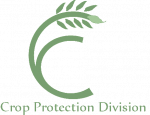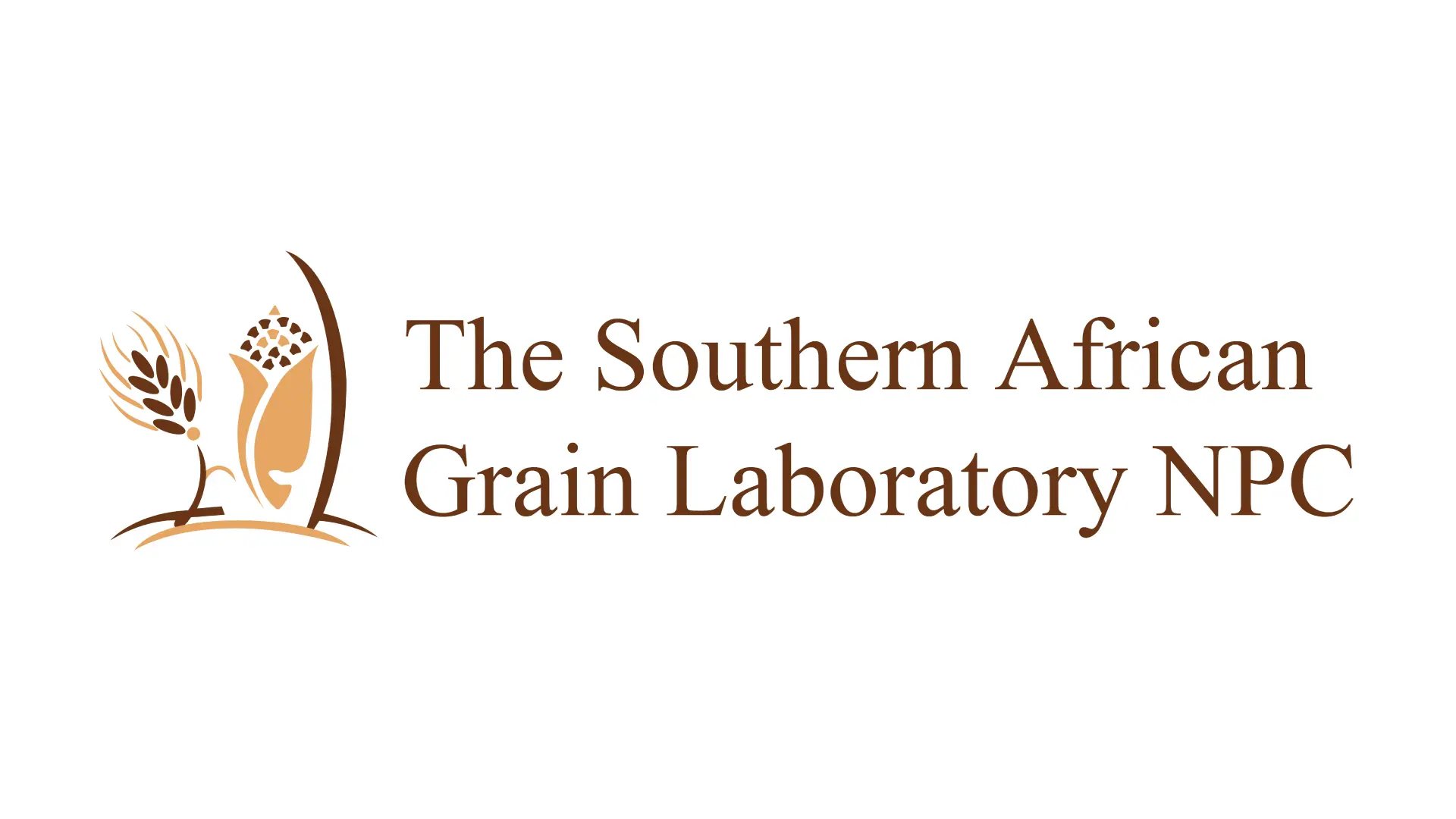South Africa is a net importer of wheat and relies on imports to supply local demand. During the 2016/17
season 934 765 tons of wheat were imported for local use. This figure constitutes an almost 55% decrease compared to the severe drought-stricken 2015/16 season. A quarter (237 508 tons) of the total amount of wheat imported during the 2016/17 season originated in Germany, followed by 182 993 tons from the Russian Federation and 144 402 tons from the Czech Republic. A total number of 93 samples of wheat imported from 11 countries were received for analysis.

Figure 2: Wheat imports per origin for domestic use during the 2017/18 season. Imports up to 28 September 2018 are included.
The amount of wheat imported for local consumption during the 2017/18 season (30 September 2017 to
28 September 2018), more than doubled and amounts to 2 177 232 tons according to SAGIS. Almost half (44%) of this wheat originated in the Russian Federation (Figure 2). The analysis of 200 samples received from 10 different countries has been completed to date.
8% of the samples had hectoliter mass values below 77 kg/hl, compared to 18% and 7% of the previous two seasons.
These samples originated from the Russian Federation, Romania, USA, Argentina and Germany. None of the imported samples reported falling number results below 220 seconds.
In general, the imported wheat has lower farinograph water absorption values and shorter development times than local wheat. Alveograph strengths tend to be lower and the distensibility values shorter. Most of these samples again show a tendency towards longer mixogram mixing times as observed in previous seasons. Wheat imported for purposes other than bread baking (e.g. soft types for biscuit making) is included.
Composite samples of holds per shipment per country are tested for the presence of mycotoxin residues by means of a multi-mycotoxin analysis. The mycotoxin levels measured so far did not raise any major concerns. Deoxynivalenol (DON) residues were observed on some of the samples, however, none of these levels exceeded national or international maximum residue levels, although the highest value observed to date (999 µg/kg) was just below the national maximum limit of 1 000 µg/kg.
Please visit SAGL’s website, www.sagl.co.za, for detailed results on local as well as imported wheat quality surveys. The crop quality reports can also be downloaded in a PDF format.



